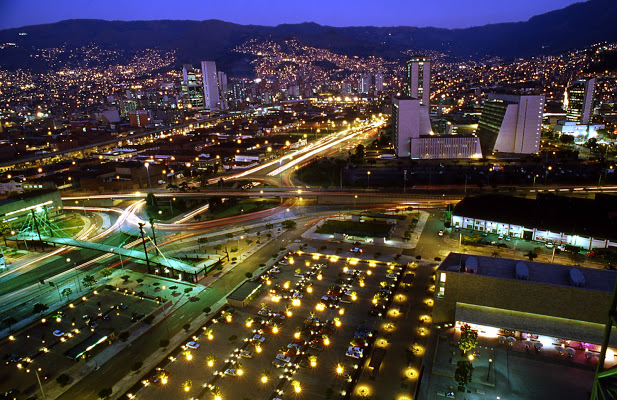 What is Voto en Blanco, and how will it affect Colombia’s Presidential election?
What is Voto en Blanco, and how will it affect Colombia’s Presidential election?
There is a law on Colombia’s books, stating that if the majority of votes cast in a presidential election are not marked in any way, then the entire slate of candidates on the ballot will be thrown out, and a new field of candidates must be presented to the country’s electorate.
With this in mind, a movement of sorts has emerged, calling on voters to reject all five candidates currently vying for Colombia’s top office on May 25. The so-called Voto en Blanco or ‘blank vote’ – not to be confused spoiling one’s ballot by scribbling on it, for example – is far from a fringe protest movement.
The Voto en Blanco has been around for years – it was first denominated as a valid voting option in 1985- but has gathered momentum since 2005 when the law was reformed.
A good portion of Colombians are tired of the rampant cynicism and systemic corruption among the political class. This, coupled with the failings in basic government services like healthcare and education has propelled Voto en Blanco to 3rd place with around 17 percent support, just behind President Juan Manuel Santos and right-wing contender Oscar Ivan Zuluaga, according to the latest opinion polls.
Voto en Blanco is a full 7 percentage points ahead of the two left-leaning candidates, and 9 points ahead of the oddball Conservative Party candidate who broke ranks with the coalition behind Santos to run for president herself.
For the social media-savvy Voto en Blanco movement to achieve its goal of tossing out the current selection of presidential candidates and replacing them with some new ones, the blank vote would have to ‘win’ the election with an outright majority, but of course that’s not going to happen.
While President Santos maintains a comfortable lead, he is taking heat over a recent scandal involving his campaign manager accepting some $12 million USD from a known drug trafficker. So too is Zuluaga, who recently admitted he used a computer hacker to spy on delegates of the peace process and the president himself. With the nation’s contenders behaving in such a deplorable way, both are likely to see a dip – at least temporarily – in their support.
So it is almost certain that no single candidate will receive an outright majority in the first round of voting, so a run-off election will become necessary. As stated, the Voto en Blanco won’t ‘win’ the election, but what could happen is that it overtakes Zuluaga, who has only a slim 2-percentage-point edge on Voto en Blanco, and the protest vote comes in 2nd place.
What happens in this instance? The 1st place and 3rd place candidates would square off in the second round. This is because Voto en Blanco isn’t a candidate per se, but a form of protest against the presidential hopefuls who its supporters say do not represent them nor the majority of Colombians. In the second round, voters can obviously choose to vote ‘en Blanco’ once again, but the only way it can ‘win’ is if more than 50 percent of voters cast blank ballots.
It is highly unlikely this will happen, but that might not be the point. The point of the Voto en Blanco movement may be to show that a good portion of voters – millions of them, in fact – are dissatisfied with the group Colombia’s political class has thrown up to represent them, suggesting that new leadership is needed.
If there is a critical mass, the legitimacy of whoever wins would very reasonably be called into question, and the new president would have to go to great pains to build trust with Colombians who have zero faith in their presidency and in the system itself.
By Mark Kennedy


